WINDMILLS
AND
WIND MOTORS
WINDMILLS
AND
WIND MOTORS
HOW TO
BUILD AND RUN THEM
BY
F. E. POWELL
FULLY ILLUSTRATED WITH DETAIL DRAWINGS

SKYHORSE PUBLISHING
Copyright 2012 by Skyhorse Publishing
All Rights Reserved. No part of this book may be reproduced in any manner without the express written consent of the publisher, except in the case of brief excerpts in critical reviews or articles. All inquiries should be addressed to Skyhorse Publishing, 307 West 36th Street, 11th Floor, New York, NY 10018.
Skyhorse Publishing books may be purchased in bulk at special discounts for sales promotion, corporate gifts, fund-raising, or educational purposes. Special editions can also be created to specifications. For details, contact the Special Sales Department, Skyhorse Publishing, 307 West 36th Street, 11th Floor, New York, NY 10018 or .
Skyhorse and Skyhorse Publishing are registered trademarks of Skyhorse Publishing, Inc., a Delaware corporation.
Visit our website at www.skyhorsepublishing.com.
1 0 9 8 7 6 5 4 3 2 1
Library of Congress Cataloging-in-Publication Data is available on file.
ISBN: 978-1-61608-563-6
Printed in China

I have endeavoured in the following pages not only to interest the practical amateur in a branch of mechanics unfortunately much neglected, but also to present a series of practical original designs that should prove useful to every reader from the youngest to the most advanced. This is admittedly a large undertaking, and would be of doubtful wisdom, but for the sparseness of the literature of the subject. There is, however, no other book in the language, large or small, dealing with the matter in the way here presented, and indeed only one other, as far as I know, having the subject of windmills for its sole topic. I venture to hope therefore that this little book will help to arouse something of the interest the subject deserves but has not hitherto received.
That I am right in claiming for the wind motor a more serious recognition I am convinced, and particularly is this the case in regard to the model engineer. At present there every prejudice against wind-power on account of its uncertainty, against which even its inexpensiveness has not been able to contend. If it can once be realised, however, that the uncertainty can be reduced to little or no importance, so much that even a petrol-engine might seem unreliable and troublesome beside it, the claim put forward for the windmill is fully substantiated. Not less than this is one of the aims of this little book, and it is one which I confidently expect will be upheld.
In a book like this, trenching upon new ground, where every design has been the outcome of careful consideration unaided by the experience of others, it is not unlikely that errors or ambiguities may have crept in. The reader who finds any such, or who meets with difficulties of any sort, will confer a kindness by communicating them to the author through the publishers.
F. E. POWELL.
CONTENTS

Ancient post-mill. Tower mill. Tower mill with regulating or wind-wheel. Modern type of windmill. Anemometer. Jumbo or horizontal windmill. Wind-motor with vertical axle. The pantanemone.
Tower mill type. Fixed sails without tail regulator. Diameter across sails, two feet. Full detailed drawings.
This type has fixed metal sails three feet in diameter, with tail regulator. Develops about  H.P. Full detailed drawings.
H.P. Full detailed drawings.
Automatically reversing sail type. Diameter across sails, six feet. Develops about  H.P. Suitable for pumping water or for running a lathe. Full detailed drawings.
H.P. Suitable for pumping water or for running a lathe. Full detailed drawings.
A simple and compact wind-power motor with adjustable sails and tail regulator. Diameter across sails ten feet. Will develop from one-quarter to one-half horse-power, according to the velocity of the wind. Suitable for pumping water, driving a dynamo or light farm machinery. Full detailed drawings .
Diagram of connections for a wind-driven electrical installation. Driving belt arrangement for wind electrical plant. Table of wind pressures and velocities.
WINDMILLS
AND
WIND MOTORS
It is not a little strange that amateur engineers should have so neglected the windmill, either as a subject for model-making and experiment, or even for the more practical purpose of power production. Wind-power is free, and while it is admittedly erratic it must surely appeal to the mechanical mind as a labour saver of some value. The probability is that the lack of simple published designs is the main reason for this state of things, and the aim of this little book is to remedy it.
Few mechanical appliances have a simpler historical record than the windmill. Until comparatively recent years only two main types of mill were commonly in use, known respectively as the Post and the Tower mills. The former, which is the earlier machine, was distinguished by the fact that the whole building, carrying sails, house, cap, and all machinery, was pivoted on a huge timber post, so that the whole structure had to be removed when it was necessary to adjust the mill to face the wind, The Tower mill, called also the Smock and sometimes the Frock mill, was an improvement on the other in having the cap only to revolve, carrying with it the sails and (later) the automatic regulating mechanism for bringing the sails round into the wind. Illustrations of these two types of mills are given in figs, I and.2.

FIG. I.Ancient Post Mill: from an Old Mill at Bornholm, Denmark.
As hinted above, the automatic method of controlling the mill so that the sails should face the wind was a fairly recent innovation. It dates back to the middle of the eighteenth century, when Andrew Meikle introduced the now well-known auxiliary regulating wheel, which may be seen in fig. 3

FIG. 2.Tower Mill : at Hillerod, Denmark.
Another advance in windmill construction was made in 1807, when Sir W. Cubitt introduced an automatic reefing arrangement for the sails. Before that date speed was more or less outside the control of the operator, who could only throw in or out his machinery as the speed ranged too high or too low, or by the application of brakes could keep it partly within bounds.

FIG. 3.Tower Mill with Regulating or Wind Wheel.
The later history of the development of windmills must be looked for abroad. The inventor of the American mill is said to have been John Burnham, whose location is sufficiently indicated in the name by which this type is known. The date was about the middle of the nineteenth century. Everyone knows that the distinction between the older types and the modern transatlantic machines lies in the number and disposition of the sails, which in the latter are numerous and form a comparatively narrow ring of vanes. A modern example of such a mill is illustrated in fig. 4. Since Burnhams day inventors have not been asleep, and the multitude of so-called American mills now on the market is evidence of their skill. These machines vary, however, only in details of design, regulation, and control, not in any essential character.

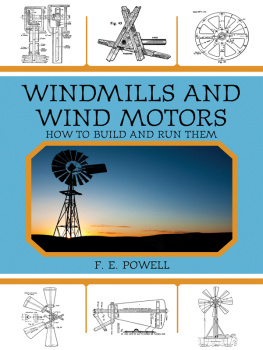

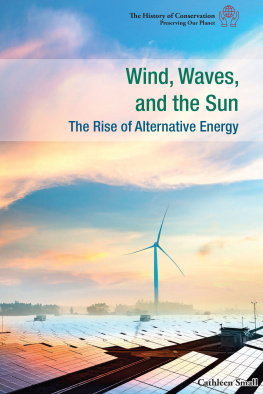
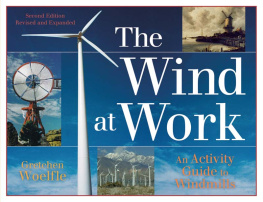
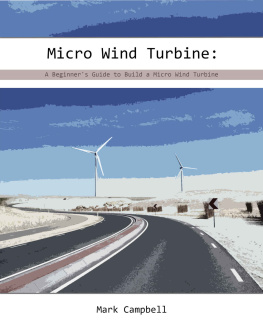
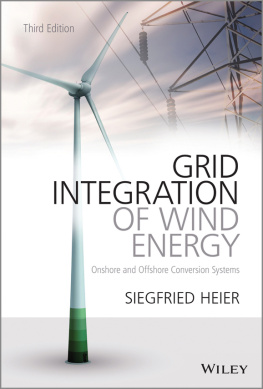
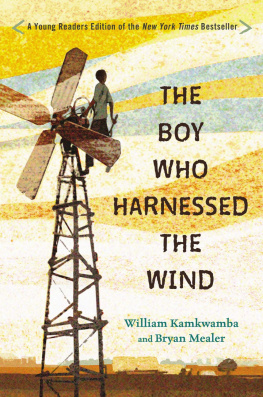




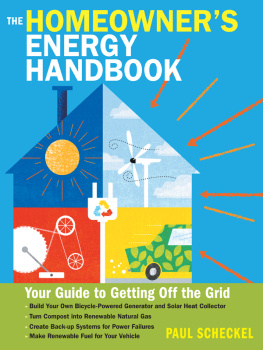


 H.P. Full detailed drawings.
H.P. Full detailed drawings. H.P. Suitable for pumping water or for running a lathe. Full detailed drawings.
H.P. Suitable for pumping water or for running a lathe. Full detailed drawings.

